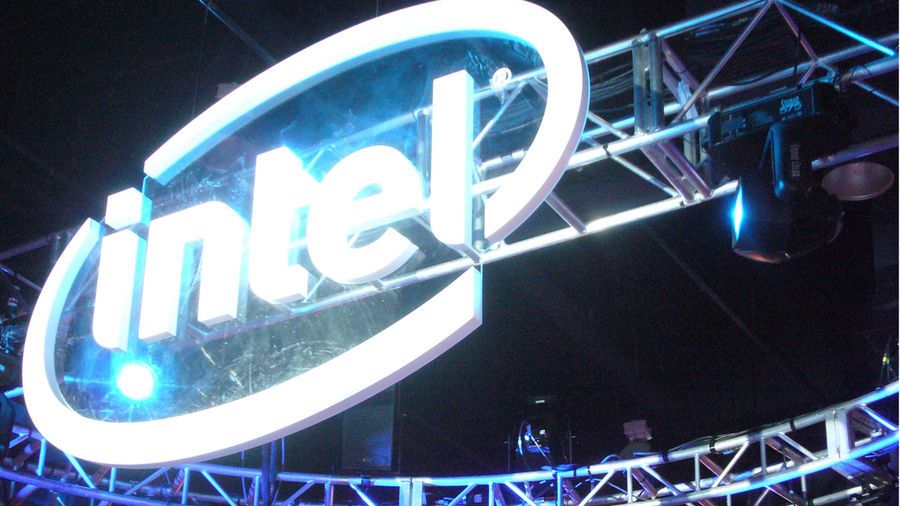Intel’s cheaper processors could continue to suffer stock shortages
Higher price products are the company’s current focus

Intel has just revealed its Q4 financial results, which featured positive returns, but were below expectations. More importantly, interim chief executive Bob Swan addressed the chip giant’s manufacturing woes and continued shortages of its lower-end processors that most consumers favor.
Intel’s PC-centric business (Client Computing Group) was actually up 10% year-on-year in Q4, due to ‘continued strong demand’ for high-performance processors, with the commercial and gaming arenas doing well. But overall PC volumes fell by 2%, which the CEO said was due to Intel’s failure to produce enough chips.
We heard a lot about Intel’s manufacturing struggles last year, with stock shortages on some 14nm processors pushing up prices, compounded by the fact that the incoming next-gen 10nm chips have been floundering and repeatedly delayed due to issues with getting acceptable yields for mass production.
As PC World reports, Swan commented that the shortages had – and are still having – the biggest effect at the budget end of the processor market, because Intel is prioritizing Xeon chips for servers, a heavy demand area with plentiful profits to be made.
The CEO further noted that ‘big core’ products such as Core i9 offerings were also a priority over mid-range processors, and the cheapest ‘value’ chips were last in the pecking order.
In short, given Intel‘s focus on profit margins, something’s got to give manufacturing-wise, so affordable products are getting the short end of the silicon stick.
Mid-year’s resolution
Swan said that Intel’s manufacturing problems that have caused this CPU shortage would be resolved by the end of the second quarter, and so the implication is, that throughout this initial part of 2019, at least, lower-end processors are still going to be thin on the ground from Intel.
Get daily insight, inspiration and deals in your inbox
Sign up for breaking news, reviews, opinion, top tech deals, and more.
Therefore the time is potentially ripe for AMD to carve out more market share in that particular arena, which by all accounts, it has already been doing with some really compelling value products on the CPU front.
Swan also repeated the assertion that 10nm was still on target to be all-systems-go before the year is out, with these processors still expected to ship at the end of 2019.
As for Intel’s overall fourth quarter financial results, the company raked in $18.7 billion (£14.2 billion, AU$26.1 billion) in revenue, which was up 9% year-on-year, with $5.2 billion (£4 billion, AU$7.3 billion) in profit. However, that fell short of analyst expectations.
One of the reasons Intel picked out for the weaker than predicted performance was a slowdown in sales from China.
- We’ve picked out the best laptops of 2019
Darren is a freelancer writing news and features for TechRadar (and occasionally T3) across a broad range of computing topics including CPUs, GPUs, various other hardware, VPNs, antivirus and more. He has written about tech for the best part of three decades, and writes books in his spare time (his debut novel - 'I Know What You Did Last Supper' - was published by Hachette UK in 2013).